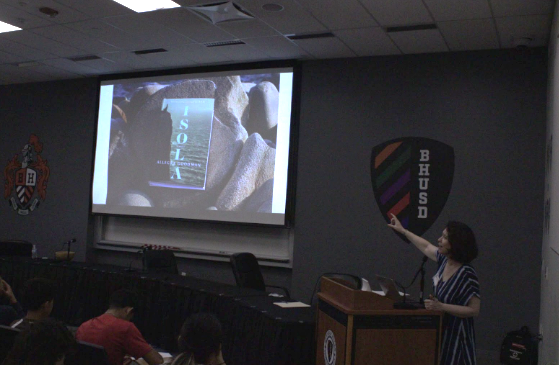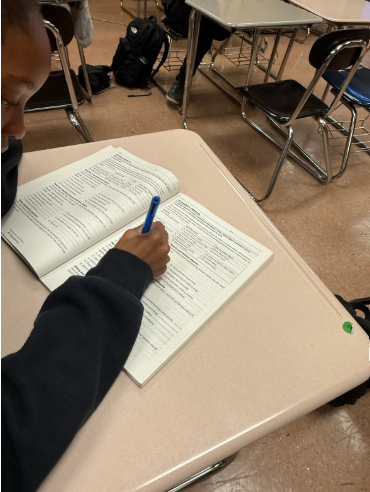Hey Normans, I have 5 words for you! STAY LEAN AND STAY ACTIVE! But before anyone becomes sensitive to or hurt by the word “lean,” hang on and let me explain.
First and foremost, lean is meant to be understood in proportion to YOUR body and how you are built. It does not mean skinny! When we aim to stave off insulin resistance and type 2 diabetes, we need to keep dangerous levels of excess body fat, especially around the belly and mid-section known as visceral fat, in check.
I am going to make the suggestions in this article simple, hopefully fun, and easy to execute should you wish to make some healthier lifestyle changes. By no means am I personally recommending nutritional changes as I am not a dietician or medical doctor, but I will synthesize the research I have done to hand you information that you can use if you so choose.
According to vast amounts of research from Harvard University, excess weight is “the single most important cause of type 2 diabetes.” Being overweight “increases the chances of developing type 2 diabetes seven-fold” and “being obese makes you 20-40 times more likely to develop diabetes” than someone with a healthy weight.
So what can we do?
Let’s get moving! Turn off the T.V., put down your phone, and go for a 30-minute walk every day while you listen to music, talk to a friend, or decompress on your own. We were not designed to be sedentary, so get up and move – go dance around your house or jog around the block. Even before you modify your nutrition, just try to move your body every day.
Research shows that increased muscle use slows down insulin overproduction and that for every two hours you spend watching TV, you increase your chances of developing type 2 diabetes by 20%. It’s not worth it.
The other self-care choices you can make are to stop smoking if you do and don’t start if you don’t. Avoid alcohol – your liver will thank you. Eat a diet of whole foods as much as possible. Add in more vegetables and whole grains along with healthy fats such as olive oil, avocados, nut butters, and fatty fish like salmon. Eat lean protein such as fish and chicken and reduce your beef intake. The easiest change to make is to stop drinking sugary sodas and drinks. Choose water, coffee, or tea instead. If you are a fruit lover – great! Just try to eat some protein along with it. I love to make frozen peanut butter bananas or have a hard-boiled egg with my fruit. It’s okay to have the occasional sweet, cookie, or piece of cake, but try to make those choices infrequently and balance those choices with overall healthy and clean eating.
Make these same choices at school. Try to eat the rainbow (no, not Skittles!). That way, you know you’re getting a variety of vegetables, fruit, vitamins, and minerals into your diet. Take some time to learn about the glycemic index and which foods have high glycemic levels that result in insulin spikes.
The more informed you are about the food you put into your body, the better your choices and the healthier your body will be! Food is fuel, so choosing whole foods keeps your body running healthily and efficiently.
Please remember this: The healthier you eat and the more active you are, the healthier you will eat and the more active you will be. This is the formula for our 5 words: Stay lean and stay active! You got this Normans!
If you feel these articles are helping you, circle back around next time for my article on the food pyramid and school lunches. Thank you for joining me, and let’s take a bite out of health!
Additional Sources:
“Diabetes prevention: 5 tips for taking control.” Mayo Clinic, https://www.mayoclinic.org/diseases-conditions/type-2-diabetes/in-depth/diabetes-prevention/art-20047639.
Gunnars, Kris. “Insulin and Insulin Resistance: The Ultimate Guide.” Healthline, Healthline Media, 7 Dec. 2022, www.healthline.com/nutrition/insulin-and-insulin-resistance.
“Diabetes Prevention Toolkit | The Nutrition Source | Harvard T.H. Chan School of Public Health.” Harvard T.H. Chan School of Public Health, https://www.hsph.harvard.edu/nutritionsource/disease-prevention/diabetes-prevention/diabetes-prevention-toolkit/.
“Simple Steps to Preventing Diabetes | The Nutrition Source | Harvard T.H. Chan School of Public Health.” Harvard T.H. Chan School of Public Health, 22 July 2019, https://www.hsph.harvard.edu/nutritionsource/disease-prevention/diabetes-prevention/preventing-diabetes-full-story/.
Burgard, Sarah A. “Bad Jobs, Bad Health? How Work and Working Conditions Contribute to Health Disparities.” NCBI, https://www.ncbi.nlm.nih.gov/pmc/articles/PMC3813007/.
“Lifestyle Modification for Diabetes and Heart Disease Prevention.” NCBI, 9 January 2023, https://www.ncbi.nlm.nih.gov/books/NBK585052/.
“Unhealthy school meals: A solution to hunger or a problem for health?” NCBI, 8 December 2022, https://www.ncbi.nlm.nih.gov/pmc/articles/PMC9904079/.
Zied, Elisa. “The Standard American Diet and its relationship to the health status of Americans.” PubMed, https://pubmed.ncbi.nlm.nih.gov/21139124/.





























